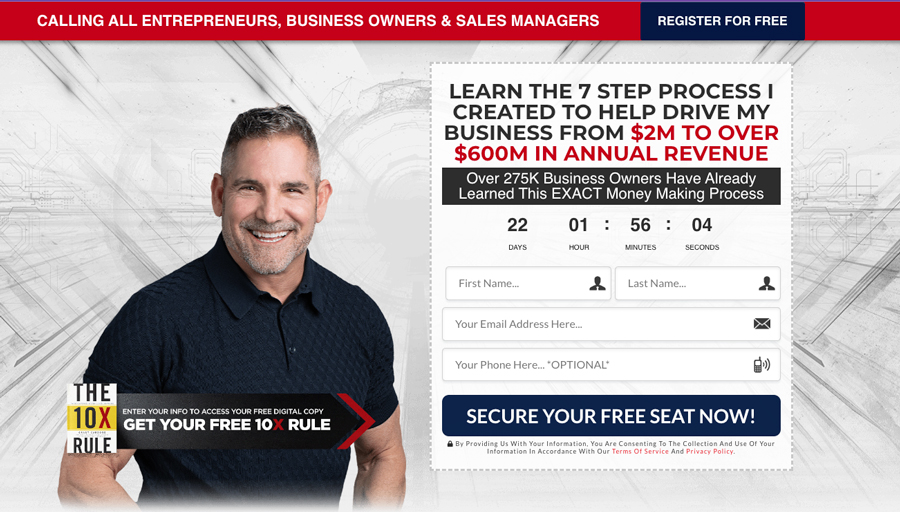Late Afternoon Rally Halts Sell Signals on Daily Charts
2015 U.S. Equity Indices Performance
For the year of 2015 the NASDAQ Composite closed up 5.94%, the S&P 500 closed down 0.69%, the Dow Jones Industrial Average closed down 2.29%, and the Russell 2000 closed down 5.25%. This is the first year the S&P 500 has been down since the index dropped 37% in 2008. Strength in the big names such as AAPL, NFLX, GOOG, and PCLN helped push the NASDAQ Composite up throughout the third and fourth quarters of 2015.
Follow Steve on Twitter at @stevekalayjian
Dow Jones Industrial Average and the U.S. Equity Indices
We saw a lot of weakness on the last day of 2015. The Dow Jones Industrial Average closed down over 175 points. There was excitement going into the New Year as new money would flow in. On Sunday night there was a large selloff in the Chinese markets. The Shanghai Stock Market closed down 6.9%. The large declines in the Chinese markets triggered a “circuit-breaker” for the first time, halting equities trade nationwide. Following the Chinese trading halt we saw massive selling in the European markets. This trend continued into the U.S. markets and the Dow Jones Industrial Average was down over 350 when the U.S. markets opened for the first time in 2016. At one point today the Dow Jones Industrial Average was down over 450 points, breaking the 17000 level.
About a month ago I stated I would look to sell if the Dow Jones Industrial Average got into the 17800-18400 range. I expected declines in the beginning to the middle of 2016. The Dow Jones Industrial Average got up to the 17885-17895 level, failing to reach the 18000 level before selling off a couple days later and hovering around the 17500 level. We saw the Dow Jones Industrial Average push down below the 17000 level today before massive buying came in at around 3:30. The E-mini S&P 500 futures were trading at the 1984 level and rallied about 25 handles corresponding to a 160 points rally in the Dow Jones Industrial Average. The Dow Jones Industrial Average closed down only about 275 points on the day around the 17100 level. This late afternoon rally was so large that you have to consider the possibility that the Federal Reserve came in and bought the market up to disrupt fear in the marketplace.
As a result of the massive late afternoon rally I still do not have sell signals on the daily charts. If the equity indices had closed at the lows before the 3:30 rally I would have gotten sell signals on the Dow Jones Industrial Average, the NASDAQ 100, and the S&P 500. I am now waiting to see what happens tomorrow.
There are calls for a recession in 2016. I am not in that camp just yet. I believe a recession could occur towards the end of the fourth quarter in 2016 going into 2017. I believe that there will be significant volatility throughout 2016. I believe there is a very strong chance that the lows we saw in 2015 could be retested, probably in the second to early third quarter of 2016. I expect the volatility to continue up to the Presidential Election before we possibly get a hefty rally sometime around mid-November. However that is a long ways away and things could change.
Follow Steve on Twitter at @stevekalayjian
Interest Rates:
In the Federal Reserve’s statement in October they stated they were very cautious regarding the growth expectations in China and they were concerned about the weakness in the Chinese economy. Chinese GDP has dropped from around 10% in 2010 to around 6.5% today. China has been experiencing a slowdown in their economy. The Federal Reserve was worried that the economic slowdown in china would spread around the globe. The Federal Reserve also stated that they were data dependent when considering raising interest rates. When the Federal Reserve raised interest rates by a 0.25% in December they did not mention China or the weakness in the data released leading up to the meeting. They stated that they were confident that the U.S. economy would grow in 2016. I believe that the Federal Reserve raised interest rates to show confidence in the U.S. economy because of their fear of the weakness around the globe. That by raising interest rates they could provide an optimistic outlook for 2016.
Follow Steve on Twitter at @stevekalayjian
Trading ETFs as an alternative to Mutual Funds
Many mutual funds change a 2-5% management fee. Taking these fees into account a fund must perform very well for it to be a worthwhile investment. A study reported in the New York Times showed that very few mutual funds “sustained consistent and persistent outperformance.” Only 2 of the 2862 mutual funds in the study “managed to achieve top-quartile performance” over the five year period studied. The article can be viewed here:
Some people say that they don’t have time to manage their money and they would rather let a professional do it. I do not support the buy and hold mentality followed by most mutual funds. I don’t agree that one should just look at the long term and sit around and wait. There are a significant number of opportunities to enter and exit the markets throughout the year. I believe one can manage their own money by utilization exchange traded funds with which one can buy, sell, and/or short the markets with minimal commissions. There are exchange traded funds which mirror the U.S. Equity Indices such as the SPY (S&P 500), DIA (Dow Jones Industrial Average), QQQ (NASDAQ), and IWM (Russell 2000). There are many different types of exchange traded funds including XLE for the energy sector. Exchange traded funds allow one to trade an index or sector, consisting of a basket of stocks, using only one instrument. Trading exchange traded funds allows one to compound their returns. In April/May of 2015 I was calling for the Dow Jones Industrial Average to pull back to the 16100 level sometime in the second or third quarter. The Dow Jones Industrial Average traded down to 15371. If one utilized exchange traded funds they could have avoided riding out these declines and hoping it bounces back. Stocks in the energy sector CHK, SWN, and CNX were all down over 75% for 2015. These stocks did not bounce back. The view that the markets will always bounce back is a flawed one. One should question why they are paying management fees when they can trade exchange traded funds themselves. I believe 2016 will provide plenty of opportunities to trade the markets using exchange traded funds.
Follow Steve on Twitter at @stevekalayjian
Crude Oil:
There is a gap in crude oil around the 34.70 level. I want to see if oil can create a double bottom, a tradable bottom from which I believe crude oil could trade up to the 38.50-41 range. I would look to buy crude oil if it gets into the 32.90-35.50 range using a 31 stop.
Follow Steve on Twitter at @stevekalayjian
Gold:
I stated that I would look to buy gold if it got down to the 1045-1060 range using a 1035 stop. I saw the stochastic turning up on the daily and weekly charts. Gold got down to 1056.50 before trading up to 1083. If one bought gold below 1060 I would look to sell at 1073 or higher. If one would like to stay long I would raise their stop to 1065 and lock in some returns. I want people to understand that you do not have to wait for me to exit a position. If you see a significant profit such as we saw with this gold trade you can exit and be happy the trade was so successful in such a short period of time. Going forward I will be tweeting if I decide intraday that I would look to exit a position, raise a stop, etc.
Sign in
Welcome! Log into your account
Forgot your password? Get help
Password recovery
Recover your password
A password will be e-mailed to you.




























